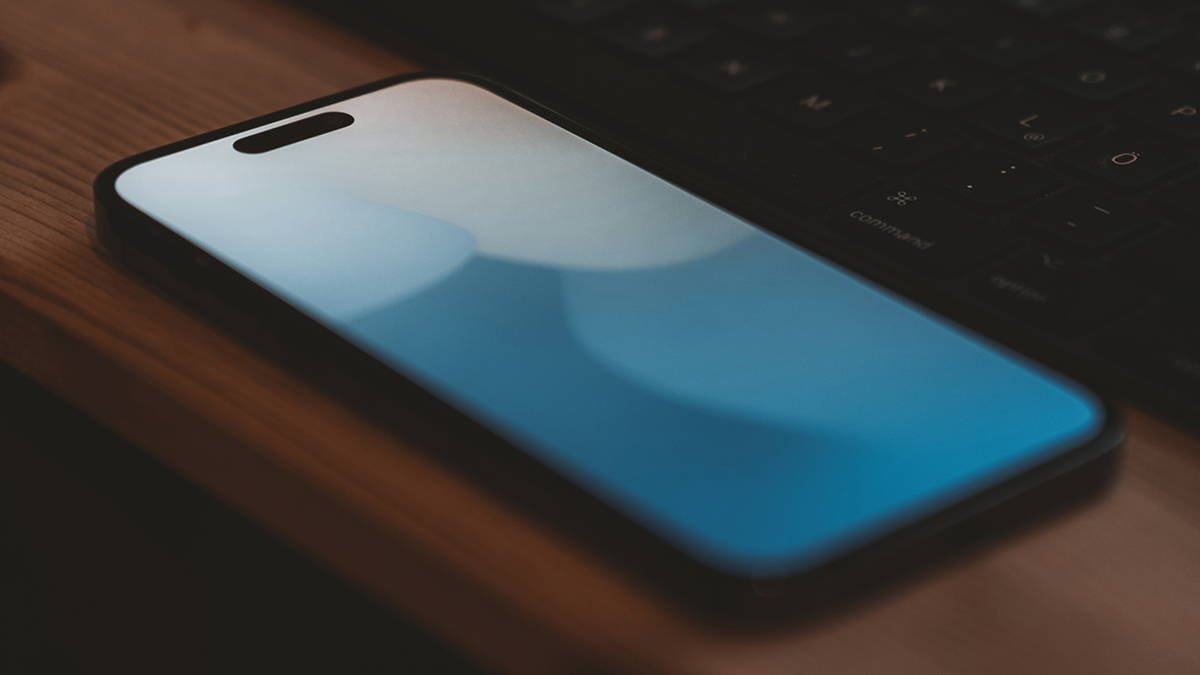Over time, we have become accustomed to mobile phones charging their batteries faster and faster. Gone are the days when 5W charges made the process endless and fast charges helped boost speeds and shorten times, but Sometimes our mobile phone charges slower than it should. Or slower than expected.
We will try to explain what are the main problems that our phone can have when it comes to charging at a higher speed. Some of the issues will depend on us, and we will be able to solve them, and others may be more complicated or are not problems as such but programmed behaviors. Let’s see what we can do about it.
You may have enabled smart charging
Some mobile phone models, such as Google Pixel and other brands, incorporate something called “Smart Charge”. It is not a particularly complex mechanism except that it incorporates a machine learning system that remember your charging habits and evolve from them. This means that if you are used to charging the phone at night, and throughout the night, the phone will remember and optimize it.
Smart charging adapts the speed to our habits and can reduce it
This is explained by if the phone gets used to your long charges, it may charge very slowly
Maybe your mobile is already sufficiently charged

Another problem you may encounter regarding charging speed is related to the battery level of the phone itself. Cell phones with fast charging have systems to extend the life of the internal battery. It means that They load very quickly at first and then slow down as the battery fills up. This reduces heat and ensures the battery is kept in good condition.
If you detect that your mobile phone is charging slower than usual then it may be due to this because the battery is already almost full and hence the phone has reduced power consumption. It is common to experience slow charging after the battery is 85-90% full. The last slice of the battery charges slower than usual almost always, and it’s something that happens to almost all models.
The Most Annoying Explanation: Your Phone Won’t Charge Fast
It is not uncommon to think that buying a charger with m ore power and the right cables will make our phone charge faster, but the reality is more stubborn. The truth is that cell phones have a predefined power input cap
If your phone charges at 10W or 18W, it will still charge at 10W or 18W, even if you buy 65W chargers to try to shorten the time. This, unfortunately, has only two possible solutions. The most expensive is to change the phone for a newer one that loads faster. The cheapest is to assume that slow charging your phone has no solution. You choose.
Are you sure you are using the correct charger?

With the advent of fast charging, mobile phones accept ever-increasing power inputs in different configurations. A phone that accepts 30W of power, for example, might let in 10 volts and 3 amps (multiply), or 6 volts and 5 amps, or maybe the reverse with 5 volts and 6 amps. There are many configurations and the chargers adapt to each other. If the charger you are using is not suitable, maybe the power output is not optimal and your phone charges slower than it should.
Sometimes it’s not a problem with the charging configuration but with the maximum delivery of the charger itself. If you are using an old charger or a charger that is not ready for fast charges, it can only supply 10W of power. Or worse, one of the oldest and only delivers 5W. That’s good for your battery life, all things considered, but bad for charging speed. Because if your mobile accepts 33W and you give it 10W, the charge will probably be slow. Find a newer or more suitable charger.
And if it’s not the charger, maybe it’s the cable

Here we open a small addendum to the charger problem to talk about the cable, because maybe the problem is in the middle of the charge and not at the beginning. Not all types of USB cables deliver the same amount of power. Or rather, not all are capable of handling the same volts or amps, and amperage is important. Do you remember the account we made before? Watts are equal to volts multiplied by amps. If your cable is USB 1.1 or USB 2.0, for example, its amperage will be 0.5 A and 1.8 A respectively. USB 3.0 also reaches 1.8 A.
An old cable can interfere with your phone’s charging speed
So if your phone supports fast charging, you should ideally use the cable that comes with it in the box. And in case you don’t have it, youand we recommend that you purchase a USB 3.1 category at least. This allows for 20V and 5A power supply, up to 100W of power suitable for most mobile phone setups.
Maybe it’s the fault of the socket.

Another point that can fail in fast charges is the socket itself, especially when we place intermediates. That is, extension cords or “thieves” to plug our phone charger into. If this extension cord is not in good condition can make the current irregular and it would affect the charging speed. The reason for this is that the charger would not detect a stable current and might switch to normal charging, giving your phone much less power. Try placing the charger in other outlets and your slow charging issue may be resolved.
Table of Contents









